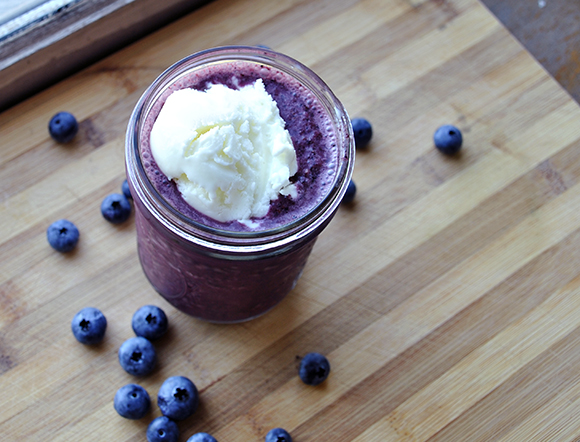
#SmoothieNumbers 23: Blueberry Coffee is a refreshing drink with anti-oxidant blueberries and cold-brewed coffee. It’s an energizing drink to enjoy before running outside, on a treadmill, or a cardio workout.
Read more
A sweet, savory, buttery, green and healthy food blog by Sanura Weathers
Food-Related stories, interviews and random thoughts.

#SmoothieNumbers 23: Blueberry Coffee is a refreshing drink with anti-oxidant blueberries and cold-brewed coffee. It’s an energizing drink to enjoy before running outside, on a treadmill, or a cardio workout.
Read more
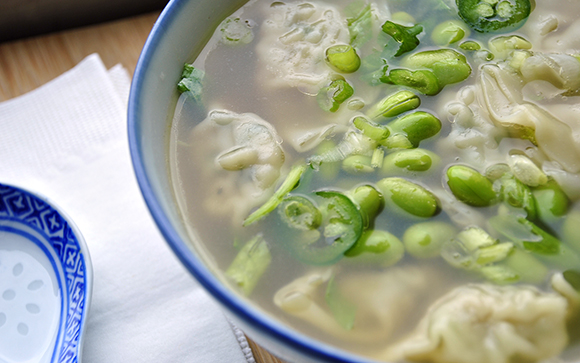
Dad’s recipes start with making broth by scratch before proceeding to the actual preparation of a dish. We have playful arguments about whether homemade or store-bought stock makes a difference in recipes. Of course he’s right, but when it comes to time, the quality of ingredients are sacrificed. As his nine-to-five working daughter, it is my duty to rewrite his recipes starting with organic, low-sodium store-bought broth (preferably from a box, instead of a can or powder to avoid a metallic and salty taste). Such changes encourages people to attempt Dad’s recipes. After all, most beginning cooks are intimidated at the thought of staying in a kitchen for a long length of time.
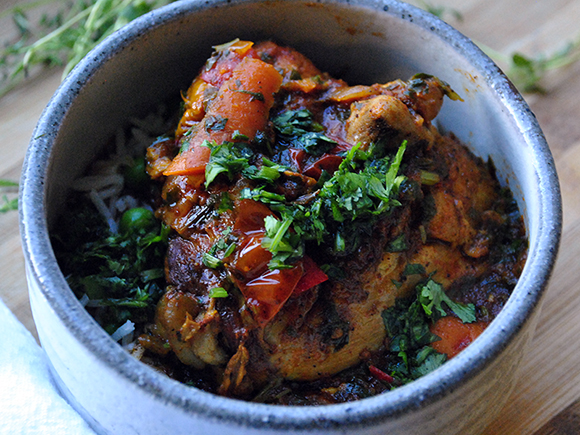
African-American Southern dishes are my soul and Latin-American cuisine is my heart. I grew up with the guacamole, tortilla chips, salt-rimmed margaritas, rice and beans, refried beans, tacos, tamales and more. However, as I learn more about authentic Latin-American food, my excitement is similar to a kid discovering an adult menu of larger and more flavorful dishes and ingredients.
When Bren of FlanboyantEats.com invited me to share a recipe representing a Latin-American country in her annual Hispanic Heritage Month series, I was cautious. Demonstrating another culture’s gastronomic pleasures—especially when I love Latin-american cuisine—is intimidating. Since there was leftover hominy corn from another recipe, I chose Ecuador because of its pozole stews. Learning more about Ecuadorian cuisine, achiote paste aroused my curiosity.
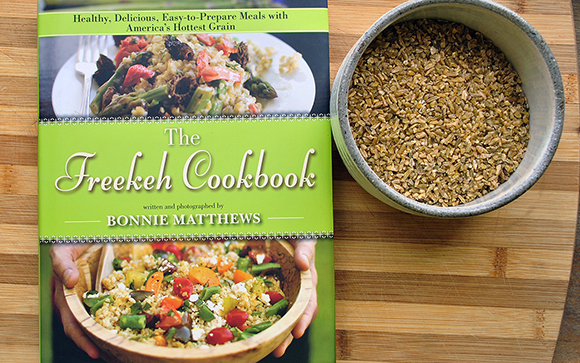
Here’s a typical weekday situation: A recipe calls for rice. There’s only 30 minutes for dinner. Healthy brown rice takes 45 minutes, and unhealthy white rice is 15 minutes to cook. When it comes to time, I’m guilty of choosing the latter. I have tricks for using grains in weekday meals, such as doubling the requested amount and storing the difference in the freezer, or cooking slow-cooking grains—such as barley and farro—on weekends.
One of my favorite healthy and quick-cooking grains is whole-wheat couscous. Quinoa is another favorite, but the rinsing process is time-consuming. My recent discovery is freekeh, a familiar grain in Arabic cuisines with a 15 to 20 minute cooking time.
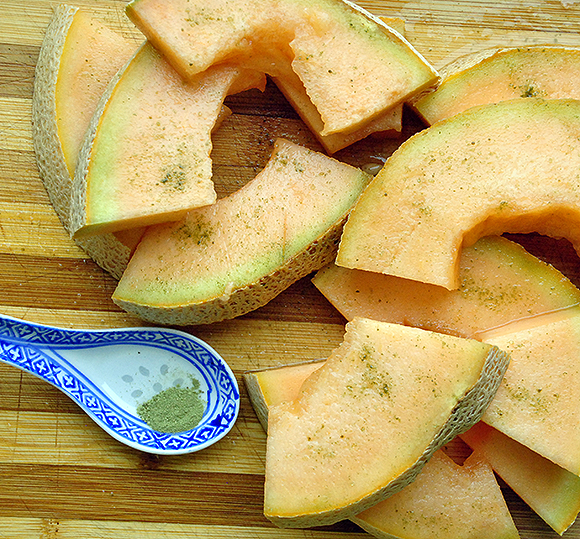
There are few memories of my first trip to Birmingham, Alabama: Joking uncles, watching Spike Lee movies until sunrise with our cousins and eating sugary cantaloupe. The morning we left Birmingham, it was sweltering hot. My uncle joked about the sweat on my nose being a sign of evil. Being too young and believing every comment, I wiped the sweat off. As the final suitcase was packed into the back of Dad’s truck, our Great Aunt handed us a large container of sliced cantaloupe to enjoy on the long drive back to Virginia. My sister and I were overjoyed about eating more cantaloupe. A few hours later, Mom unsealed the container of cantaloupe slices. The first bite was a salty surprise. We’ve never had cantaloupe with salt, and we didn’t like it. Well, Mom and Dad thought the better of the situation, because it was more for them. My sister and I watched our parents gorge on our sweet cantaloupe ruined with salt.